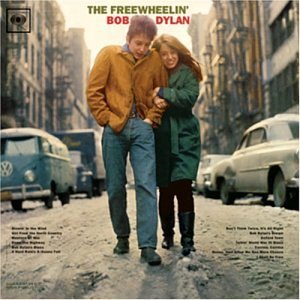The Music of 1945-1980
The popular and even classical music of the era surrounded everyone everywhere. It gives us today a vivid aural record of the immense energy and creativity of the era. Musicians constantly experimented with new styles, new beats, new electronic musical instruments, and rapidly advancing recording techniques. Musical styles changed so rapidly that a listener can tell almost the exact year a song was recorded just by hearing it.
I have selected the music to present representative examples of popular styles and influential records. Listen to the pieces in order and you'll hear the progress of the era.
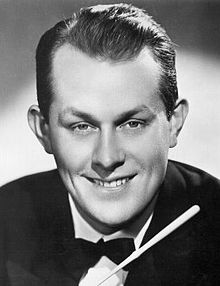
.jpg)
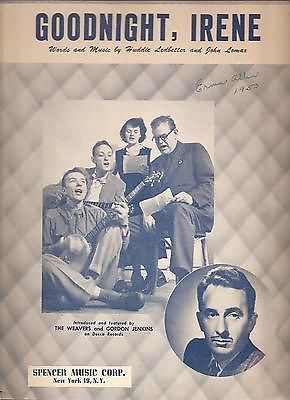
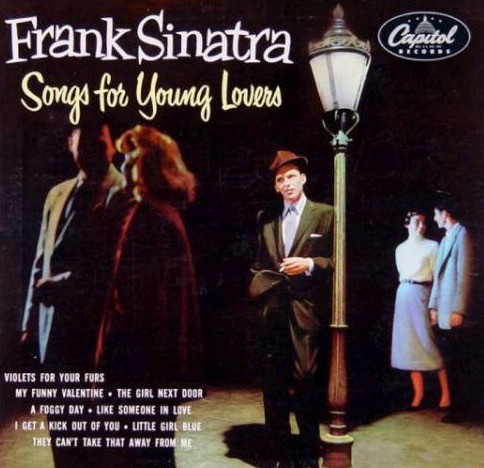
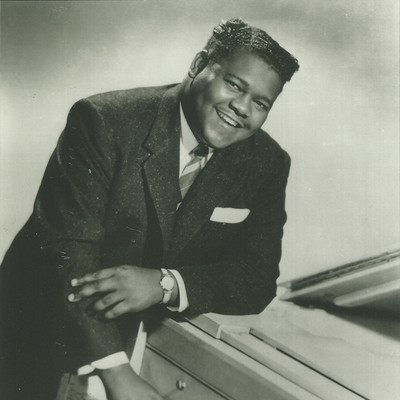
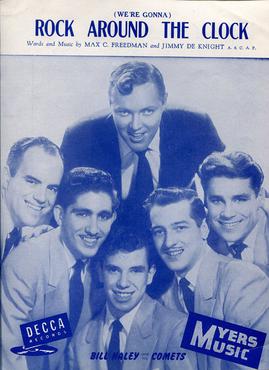
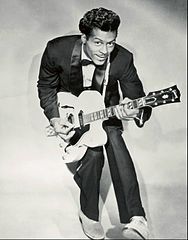
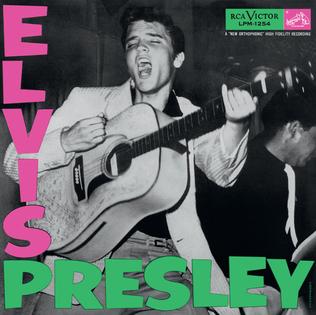
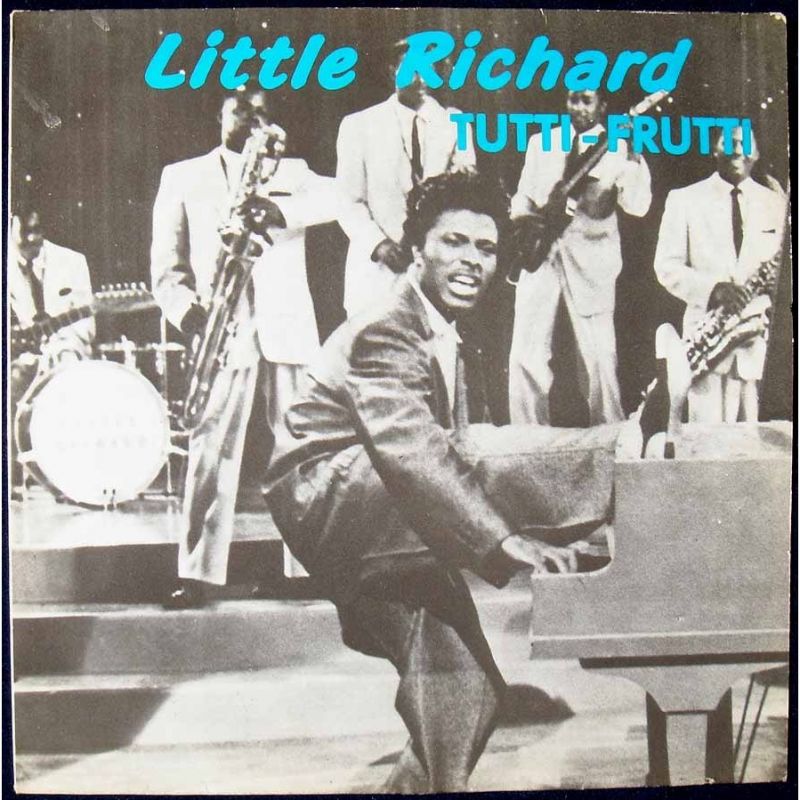
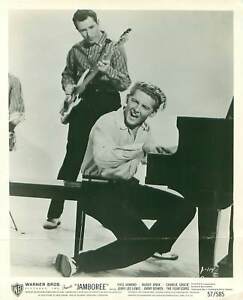
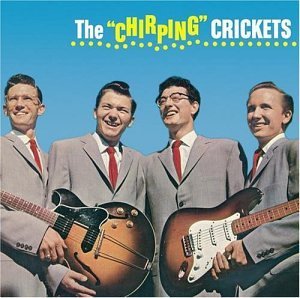
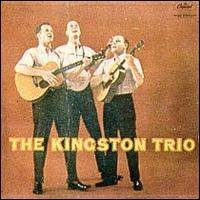
.jpg)
